MAITUM, Sarangani (September 16, 2010) – Communities of five disparity barangays of Kalaneg, Batian, Ticulab, Tuanadatu, and Upo converged at the Upo barangay site as Sarangani launched Project 1021 Wednesday (September 15).
Project 1021 is the poverty reduction program of the province that would move out Sarangani from the top 20 poorest provinces in the country by the end of 2010. It is focused on 35 disparity barangays, or five barangays each from the province’s seven towns
Disparity barangays are those with the most number of unmet needs as mapped out by data generated by the Community-Based Monitoring System (CBMS).
Using the CBMS, the province can identify the causes of poverty and focus its resources on those core indicators which are health, nutrition, housing, water and sanitation, basic education, income, employment, and peace and order.
CBMS is an organized process of data collection and processing at the local level and of integration of data in local planning, program implementation, and impact monitoring. It was developed from the 1990s as a system to promote evidence-based policymaking and program implementation while empowering communities to participate in the process.
“We are very lucky today because we are given priority assistance by the provincial government under the leadership of Governor Migs Dominguez,” Mayor Elsie Perrett said at the opening program.
At the seeds distribution for the youth communal farm project, Governor Dominguez urged the out-of-school youth to participate in fighting the cause of poverty.
“No one else should make a better life but you, and the government is always here to provide you the assistance you need,” Dominguez said.
“I think one reason why this barangay is among the poorest in town is that 90% of the communities are IPs (indigenous people) belonging to the Tboli tribe. Education was not their priority,” municipal health officer Junie Basmillo said.
“The mayor has a big heart for our children. We have now the Malalag National High School annex here in Upo to cater to first year students living here so that they will no longer spend for their everyday fare,” provincial school board teacher Maribel Vivero said.
Perrett said there is a 100% increase of enrollment in the barangay from 200 to 400 pupils this year.
Vivero said village pupils had to pay for a habal-habal (motorcycle) in going to and from Malalag main campus in the poblacion every school day.
The students use a classroom of the day care center located at the barangay site.
With the principle of counterparting and partnership to fight poverty, the Department of Health committed a P1-million fund for the barangay’s new health center.
The Kapit-bisig Laban sa Kahirapan Comprehensive and Integrated Delivery of Social Services (KALAHI-CIDSS) will also donate a three-classroom building worth P1.8 million.
“The old health center which will be converted into a health nutrition post will help provide health services to Upo’s neighboring barangays,” Basmillo said.
During the day, various activities were held at the barangay site such as seeds distribution for the out-of-school youth’s communal farm project where a hectare of land was donated by town councilor Kubli Kusin.
The Provincial Legal Office conducted leadership training among tribal leaders.
The Provincial and Municipal Environment and Natural Resources Office conducted solid waste management and breastfeeding advocacy among the youth and mothers.
Other activities were Sarangani Kalinaw Program’s child- friendly space, anti–rabies vaccination, community-led total health sanitation, survey on water sources, and aid on potential livelihood in the barangay.
Books distribution will also be done next week by the quality Education for Sarangani Today (QUEST) under the governor’s office. (Russtum G. Pelima/SARANGANI INFORMATION OFFICE)
Subscribe to:
Post Comments (Atom)




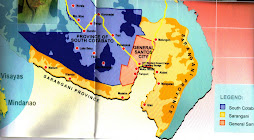

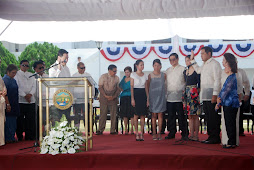
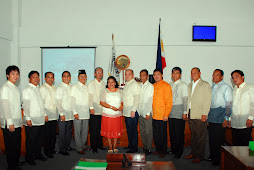


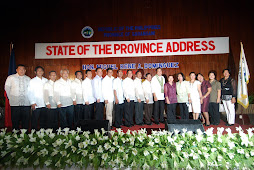
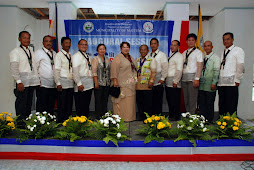







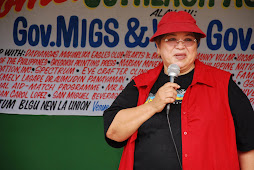
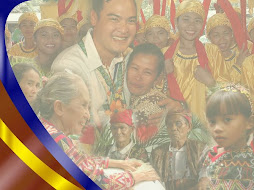













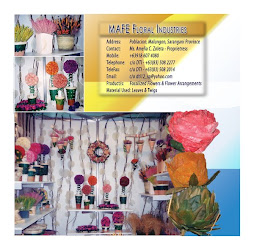




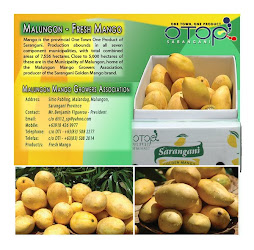
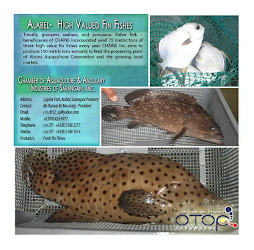


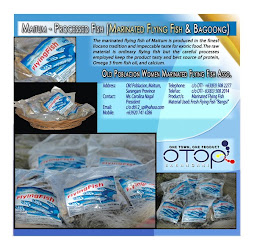
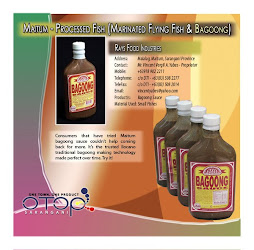



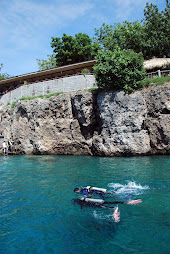




No comments:
Post a Comment